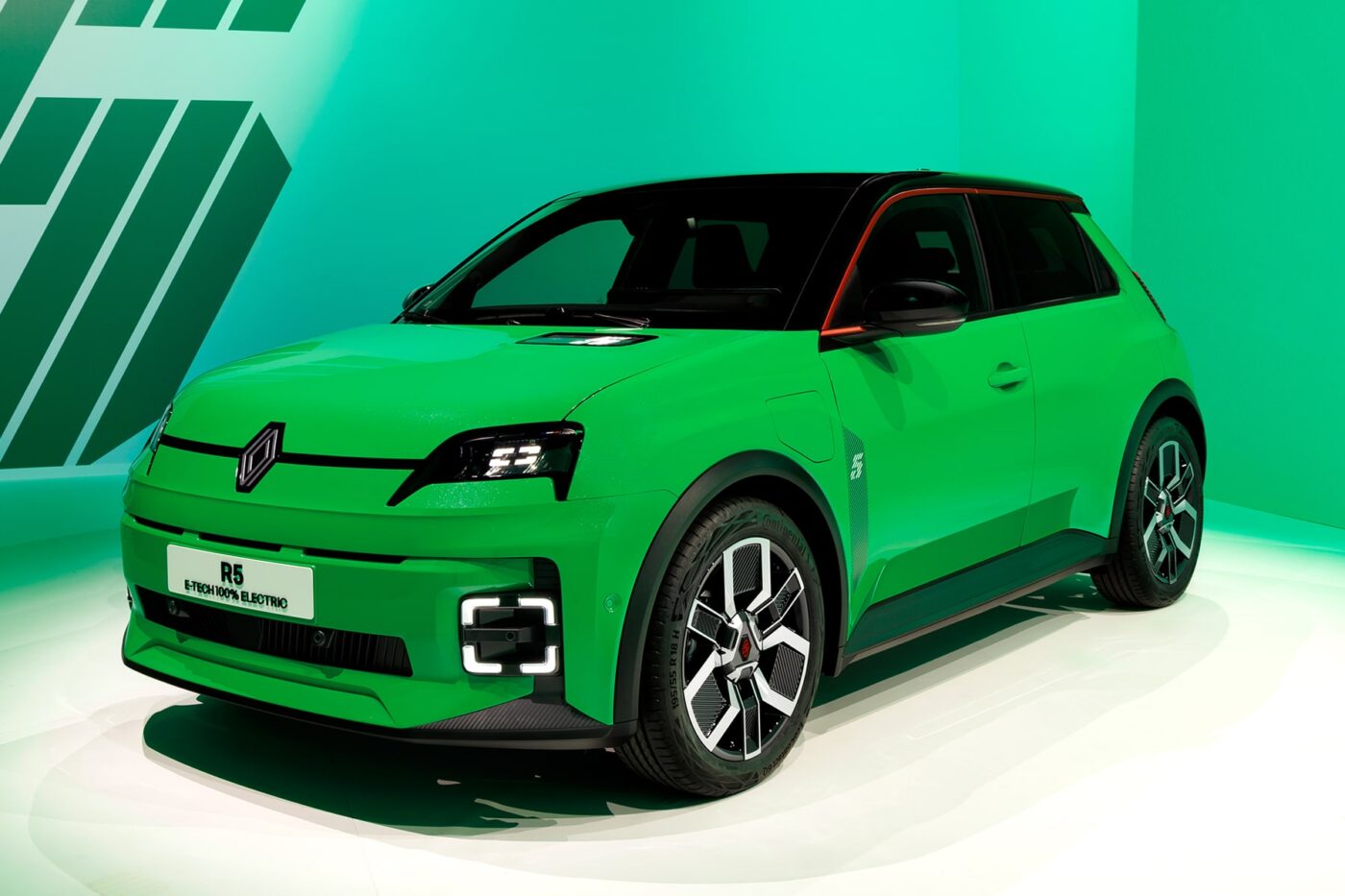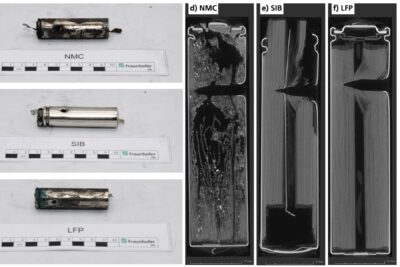Renault embraces LFP batteries
Renault’s EV subsidiary Ampere wants to install lithium iron phosphate batteries in the first vehicles “in record time.” The car manufacturer currently only uses batteries with nickel-cobalt-manganese chemistry, which are known to be more expensive and less robust, but more energy-efficient. In an official statement, the French company describes the change as a forward-looking decision in response to “market volatility and change in technologies.” The trend towards LFP batteries can be seen throughout the industry. Tesla, Volkswagen, General Motors and several of China’s manufacturers – most of the major EV manufacturers are turning to LFP technology, which, just a few years ago, was said to have too low an energy density. However, the development of LFP batteries has progressed rapidly. CATL, for example, recently presented an LFP battery with a range of over 1,000 kilometres.
Ampere wants to reduce costs and improve the profit margins of its vehicles with the new battery strategy. To this end, the French company is setting up a European value chain. In the future, CATL will join the Renault battery partner circle. The Chinese company will supply LFP cells from its plant in Hungary. The existing supplier LG Energy Solutions will contribute both NMC and LFP battery cells from Poland. “These two partners will provide Ampere with LFP batteries that will equip several models of Renault and Alpine brands and will cover battery needs for this technology until 2030,” it says. There will be no change at AESC and Verkor, which will continue to supply Renault with NMC cells made in France. The battery components are assembled into battery packs at Renault in Douai.
No battery module level
Together with LG Energy Solution, Ampere is also introducing cell-to-pack technology (CTP) – using pouch cells. It eliminates the module level in the batteries, and the cells are arranged directly in the pack. With this approach and the introduction of LFP technology, Renault aims to save around 20 per cent of the costs of its vehicle batteries from the beginning of 2026. The models in which the innovations will be used are not specified. However, one candidate is likely to be the new Twingo Electric, with series production set to begin in Slovenia in 2026 and which will be priced below €20,000. Ampere says that LFP batteries are “perfectly suited to certain applications, such as small and midsize cars.” They are also cheaper and thus an important component for affordable electric vehicles and the democratisation of electric mobility in Europe.
“In a fast-changing and competitive environment, our battery strategy is proof of the efficiency of Ampere’s open and horizontal approach with best-in-class partners, ensuring smart capital allocation, flexibility and rapid execution,” says Josep Maria Recasens, Chief Operating Officer at Ampere. “This plan is in line with Ampere roadmap to reduce costs by 40% before the next generation of vehicles.”
Philippe Brunet, Ampere’s SVP Powertrain and EV engineering, adds: “The work we’ve done with LG Energy Solution has enabled us to localise the entire value chain around LFP technology in Europe, and significantly increase its competitiveness, including with ‘Cell-to-Pack’. Innovation in batteries is ongoing, and we are working far upstream – in particular with our Innovation Battery Cell Laboratory to open in Lardy in 2025- to engage our partners early on with us, on the major transformations to come.”
Staying close to the trends in cell technology
Ampere announced the construction of the battery cell laboratory in March and specified that it would be used to develop prototypes and evaluate battery cells. Like Mercedes-Benz or BMW’s battery cell research centres in Germany, the Renault division is not interested in preparing its own cell production. Instead, it wants to understand the trends and developments and develop the next generation of cells itself. However, the above-mentioned partners will be responsible for the complex production.
According to earlier statements, Ampere will produce around one million electric vehicles for the Renault brand in 2031. Renault is relying on its ElectriCity production network in northern France. The manufacturer will merge its business with combustion and hybrid cars (including Dacia and other light commercial vehicles) with that of Geely in the Horse project. The focus will be on markets outside Europe, particularly Latin America, India, South Korea and North Africa.
Price parity targeted in a few years
As far as upcoming product launches are concerned, the all-electric R5 will be the first this year. The electric R4 (the study still bears the name “4EVER”) will launch in 2025. And if the timetable for the new electric Twingo pans out, it will hit the road in 2026. Ampere is planning a total of seven electric models by 2031. The division expects to achieve price parity with vehicles with combustion engines by 2027/2028 with the second generation of the Megane E-Tech Electric and Scenic E-Tech Electric, with margins remaining the same.
Until now, the premise has been to use a standardised battery cell with a more cost-effective or performance-oriented NMC cell chemistry. Renault always emphasised a better price-performance ratio and better residual value during recycling than other cell chemistries. AESC will supply the affordable NMC cells, LGES will supply the performance cells, and the French company Verkor will supply special high-performance batteries. This is unlikely to change—except that LFP batteries will be another strong pillar in the future.





1 Comment